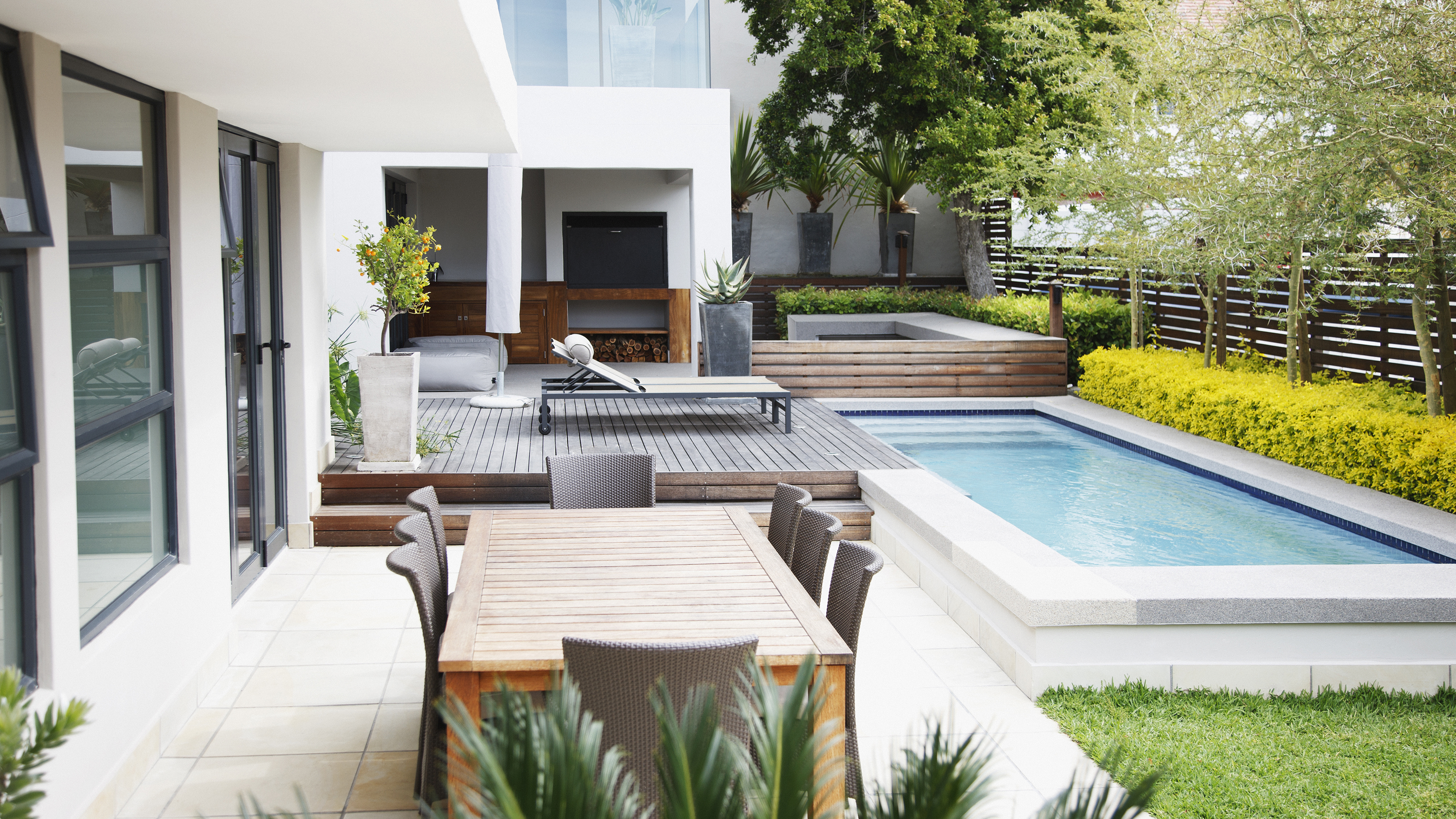

You might want to know how to lower chlorine in a pool if you've been a little heavy-handed with your pool sanitization solution. Sure a splash of this stuff is great for getting rid of bugs and bacteria, but as they say, too much of a good thing can be bad.
We're all for keeping our loved ones safe, and adding a smidge of disinfectant is a wise idea for your garden-wading pool. But when adding chlorine (aka CI), proceed with caution. It's always best to read any instructions that the manufacturer has given you and the back of the chlorine solution bottle for guidance on how much to pour in.
However, if you've added too much, you may end up harming family and friends in the process. Generally speaking, it's a good idea to assess the size of your tub and do a quick maths equation to work out the appropriate amount to add.
While we don't mean to scare you, going OTT with chlorine presents lots of (avoidable) health risks, and saturating the pool water can lead to poorly tums, vomiting, and dizziness. Not what you want when splashing about is meant to be a fun pastime.
Fear not, if you've accidentally used a higher concentration than is required, we'll uncover how to lower chlorine levels in a pool. Sure, you could buy a store-bought solution, but many of these products sound just as scary as chlorine, not to mention, pricier than the natural (familiar) remedies we have in mind. One of these methods is practically free too, pending the weather is on your side. So without further ado, let's dive in...
Why you might want to lower chlorine in a pool
The experts at Arm & Hammer say that 'Most people know that chlorine is an important chemical in keeping pool water safe for swimming,'
'But adding too much chlorine can lower your pool’s pH as well as its total alkalinity. When alkalinity falls, it is more difficult to maintain a stable pH. Plus, a lower pH and alkalinity of your pool water creates several negative effects, from itchy skin and stinging eyes for swimmers to corrosion of your pool ladders, liner, or other pool furniture.'
'When your water’s alkalinity is too low, any chemicals you add will exponentially affect the pH, creating a condition known as pH bounce. You’ll also need to add more chlorine to get the same sanitizing effect, and your swimmers will complain. Overall, pool water with inadequate alkalinity levels can be frustrating and costly.'
Equipment list
1. Your pool or hot tub
2. Baking soda: buy your bicarb on Amazon
3. One of the best garden hoses
4. A kettle
5. Pool test strips: get your litmus strips from Amazon
1. Stop adding chlorine
OK – who invited Captain Obvious to the pool party? If you've sanitized your kiddie pool sufficiently with chlorine, the last thing you'll want to do is add even more of the strong stuff to their paddling pool. After all, kids' skin is sensitive and too much of this chemical element can cause dermatological issues, as well as stinging eyes, and even breathing problems.
'For chlorine measurements only slightly higher than the recommended chlorine concentration, lowering chlorine levels in your pool can be as easy as not adding chlorine to your pool,' says Michael Hoffman, president at Backyard & Pool Superstore
'Switch off your chlorine feeder, remove the chlorine floater from the pool or remove chlorine tablets from the skimmer. Abating the continual influx of chlorine into your pool allows the chlorine currently in the pool to get used. Swimming in the pool can help speed up this process as the chlorine works to eliminate the bacteria introduced by the swimmers.'
The same goes for if you've tried to fix a green pool and shocked it by adding an excessive amount of chlorine. Put down the chlorine and back off.
2. Give your pool some sunshine
Want to know to reduce chlorine levels and clean a pool for free? Just add sun. The hot ball of gas in the sky is literally a star when it comes to cleaning. And it's all down to those all-important UV rays, as Hoffman explains.
He says: 'A quick and easy way to dissipate chlorine in your pool is to take advantage of a warm, sunny day. The UV rays react with free chlorine to create chlorine gas, which is released into the atmosphere.'
'To try this method, stop chlorinating your pool and continue to monitor the chlorine levels to ensure they don’t drop below 2 ppm. Once they reach this level, resume regular chlorination to sanitize your pool.'
And Gregory McFarland, chief product offer, Pool Knight says that: 'Just two hours of sunlight on a beautiful day can reduce the chlorine level in your pool by as much as 90 percent.'
3. Heat your swimming pool water
If you're getting hot and bothered, and thinking of ways to lower chlorine in a pool – this temperature-increasing trick might just be the heat-related hack you need in your life.
This clever process can also be used in a hot tub to bring the volume of disinfectant down before it ends up bleaching your fave swimwear. You can either rank up the heat if you have a super snazzy jacuzzi with slick features or add a few kettles worth of boiling water to a basic pool.
'Temperature can indirectly affect the chlorine levels of the pool water. An increase in temperature causes bacteria to proliferate, which use more chlorine.' says Hoffmann.
'If you have a heated pool, consider raising the temperature of the pool water to 90°F–10°F above the recommended level – for a short period. Continue to monitor chlorine levels throughout the day.'
McFarland adds: 'High temperatures also indirectly break down chlorine. Since most bacteria grow more readily in warm water, when there’s an increased number of bacteria in the pool water, more free chlorine becomes combined chlorine. Basically, chlorine is used up.'
4. Dilute the pool with more (unchlorinated) water
Just like when you pour yourself a refreshing glass of cordial, adding more water to the vessel can help to weaken the strength of the pool bleach. Use your hosepipe to top up your H2O with cold water, and test the pH with your test strips (available from Amazon).
The recommended range for a swimming pool’s total alkalinity is between 80 and 120 parts per million, so if you're using this specific product, you're looking for a mid-green to teal shade. Anything outside of this palette and you'll need to take action.
'To dilute your pool water, partially drain the pool and then top it up with fresh water. However, this method has several disadvantages compared with other chlorine lowering tips,' warns Hoffman.
'Draining and refilling your pool takes a lot of time. Reduce the amount of time it takes to drain the pool by backwashing if you have sand or DE filters. Diluting the pool water can also significantly increase your water bills, depending on the municipal water rates in your area.'
'It also disrupts the pH level and water hardness of your pool, which you will need to monitor and carefully readjust after you finish diluting the pool. This method can be a good option for pool owners who also need to deal with a blocked sand filter, an increased total dissolved solids level, or excess copper or cyanuric acid.'
5. Raise the pool alkalinity with baking soda
If you're an avid reader of Real Homes articles, you'll know that cleaning with baking soda is quick, cheap, natural, and just outright magic. So instead of using a commercial cleaning product, why not opt for baking sodato bring the concentration of your chlorine right down?
'Don’t waste money on commercial alkaline-increasing pool products when you can use baking soda to raise your pool’s pH and alkalinity instead,' advise Arm & Hammer.
'Like with disinfectant levels, make sure you check pH daily. Whenever pH drops below 7.2, add 3- 4 lbs. of baking soda per 10,000 gallons of water to raise the pH. If after a day or so, the pH has not stabilized and drops below 7.2 again, add another 4 lbs of baking soda per 10,000 gallons of water. This procedure should bring alkalinity into the desirable ppm range and stabilize pH between 7.4 and 7.8 for several weeks.'
On the contrary, Alicia Johnson, business owner, Cleaning Green LLC explains that while baking soda works to counter issues with chlorine, it doesn't work in the way we think it does.
She says: 'Contrary to popular belief, baking soda does not directly decrease the chlorine levels of a swimming pool, but aids in the neutralization process of chlorine. One of the high alkaline chemicals is baking soda and adding this to your swimming pool will increase the water’s pH and alkalinity.'
'So, why do people mistake it for something that helps with chlorine? Easy. People also use hydrogen peroxide to decrease the chlorine levels of their swimming pool water. But, it only works effectively if the pH level of the water is high enough. So, you increase the pH and alkaline of the water using baking soda, and then use nitrogen peroxide to bring it down to a safe level.'
What is used to lower chlorine levels?
'There is a popular line of products that goes by the name of commercial chlorine neutralizing products.' says Johnson.
'These are inexpensive, quick ways to decrease chlorine levels in your swimming pool water. Sodium thiosulfate is among them and is widely used to neutralize chlorine in the water to make it safe for the family to swim in. The best part is, that it’s completely safe to use and carries no drawbacks or side effects. Plus it’s very cheap and easily accessible.'
Join our newsletter
Get small space home decor ideas, celeb inspiration, DIY tips and more, straight to your inbox!

Hi, I'm the former acting head ecommerce editor at Real Homes. Prior to working for the Future plc family, I've worked on a number of consumer events including the Ideal Home Show, Grand Designs Live, and Good Homes Magazine. With a first class degree from Keele University, and a plethora of experience in digital marketing, editorial, and social media, I have an eye for what should be in your shopping basket and have gone through the internal customer advisor accreditation process.
-
 The 7 flowers to plant in August, according to gardening gurus
The 7 flowers to plant in August, according to gardening gurusKnowing what flowers to plant in August isn't always so clear-cut. But that's why we called in help from pro planters — here's what they said to pot.
By Becks Shepherd
-
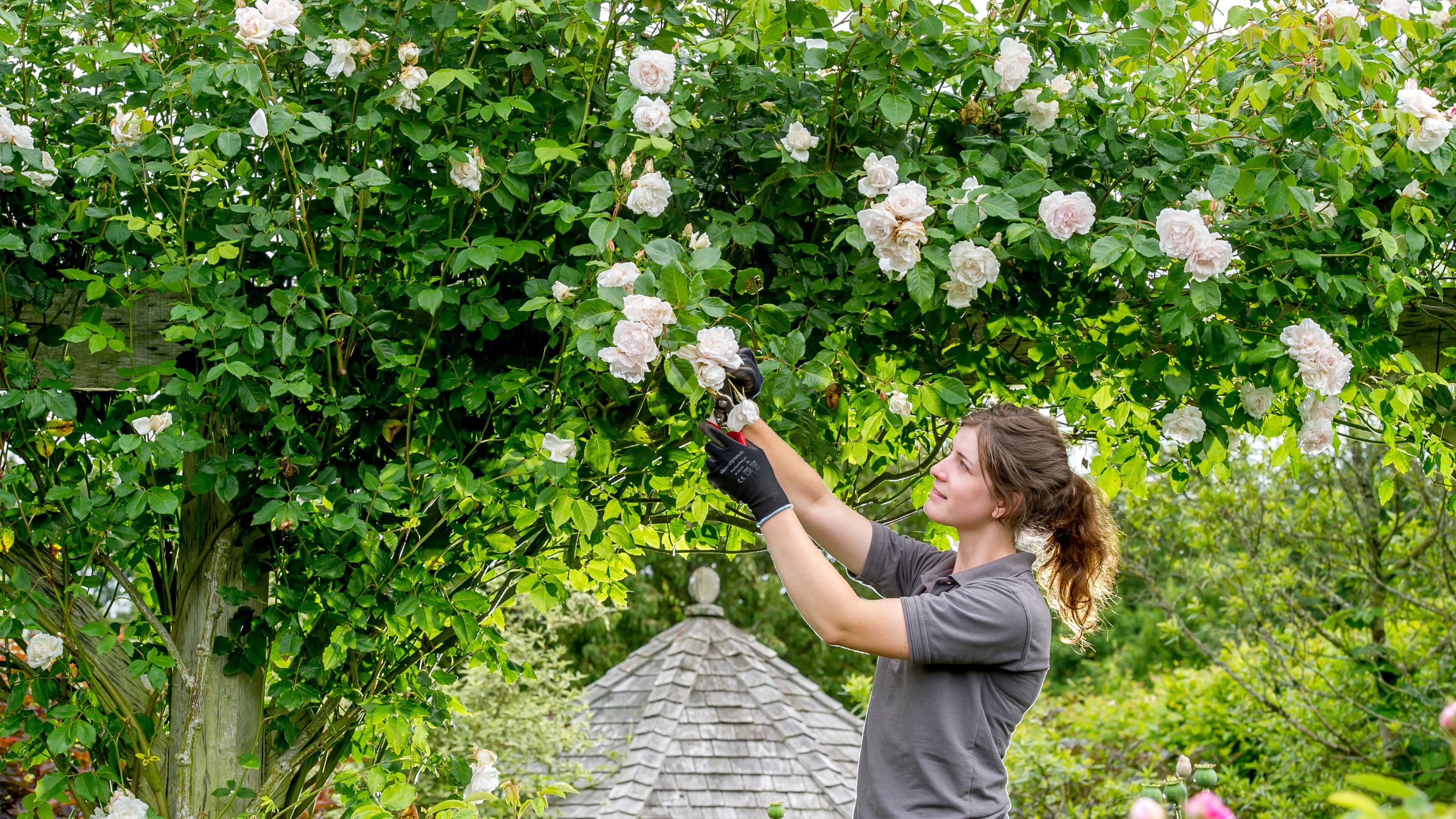 The 7 plants to prune in August — and the 2 pieces of greenery you shouldn't touch
The 7 plants to prune in August — and the 2 pieces of greenery you shouldn't touchWondering what plants to prune in August? We asked a gardening expert for their top tips plus info on what pieces of greenery to avoid pruning this month
By Becks Shepherd
-
 Do you need to deadhead azaleas? Top tips for pruning these flowering shrubs
Do you need to deadhead azaleas? Top tips for pruning these flowering shrubsWondering whether you need to deadhead azaleas? We asked a gardening expert for their top tips for looking after these blooms
By Becks Shepherd
-
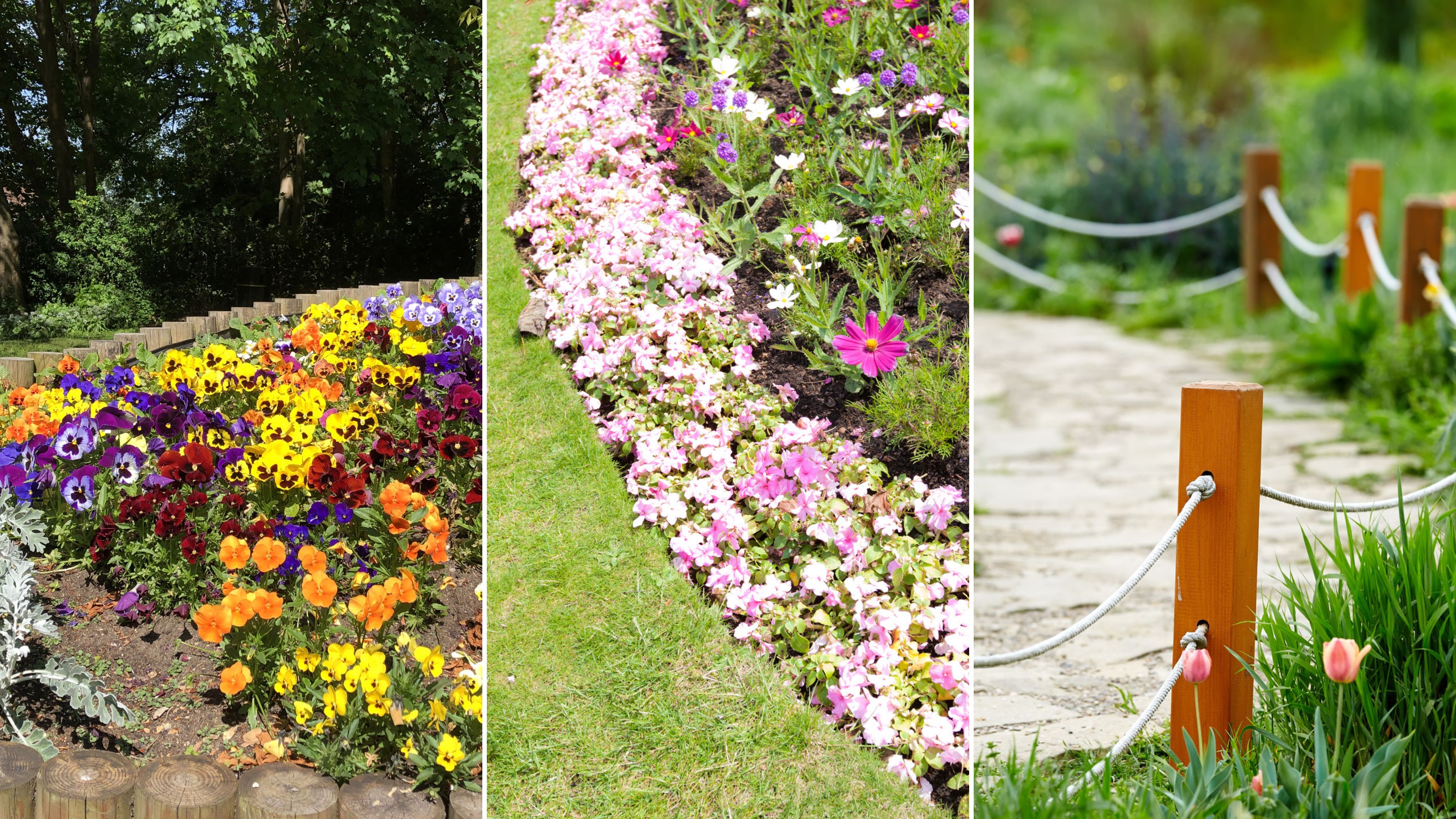 14 lawn edging ideas that will add definition and style to your backyard
14 lawn edging ideas that will add definition and style to your backyardWant to neaten up your lawn with lawn edging ideas? From fresh flowers to laidback bricks, we've scouted out materials and styles that look brilliant
By Eve Smallman
-
 Which houseplants are toxic to dogs? Vet experts pinpoint problem plants and solutions
Which houseplants are toxic to dogs? Vet experts pinpoint problem plants and solutionsWondering Which houseplants are toxic to dogs? We spoke to vets about the problematic leafy greens, what they trigger in dogs, and how to find a solution
By Danielle Valente
-
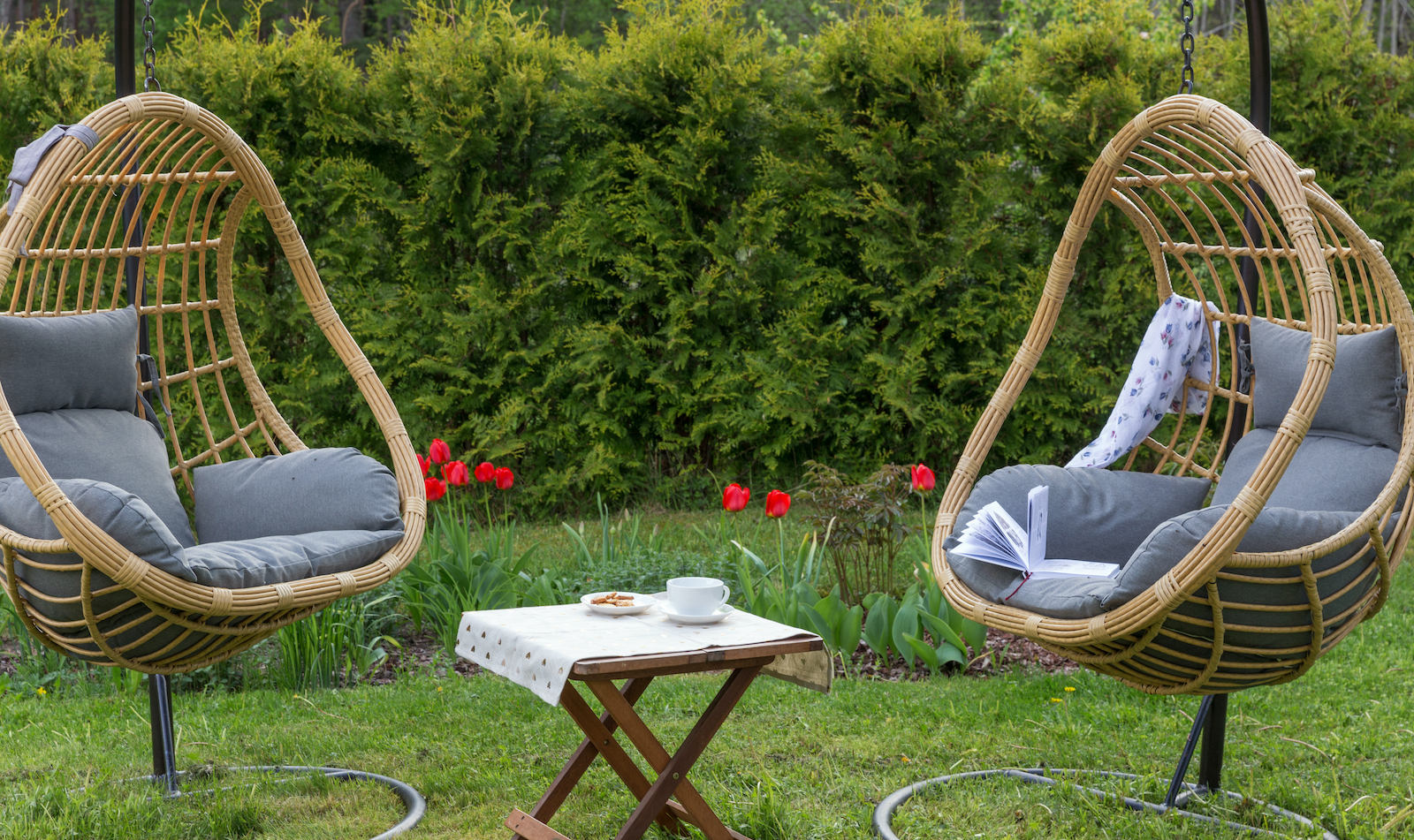 Backyard inspiration: interior designers reveal the four things you need for summer 2024, starting at just $40
Backyard inspiration: interior designers reveal the four things you need for summer 2024, starting at just $40Our edit of backyard inspiration according to interior designers will help you perfect your space for summer. Here's what the professionals are shopping this year.
By Danielle Valente
-
 How to attract hummingbirds to your backyard, according to ornithologists
How to attract hummingbirds to your backyard, according to ornithologistsTrying to figure out How to attract hummingbirds to your backyard? These ornithologist-backed tips will guarantee you visitors in no time
By Danielle Valente
-
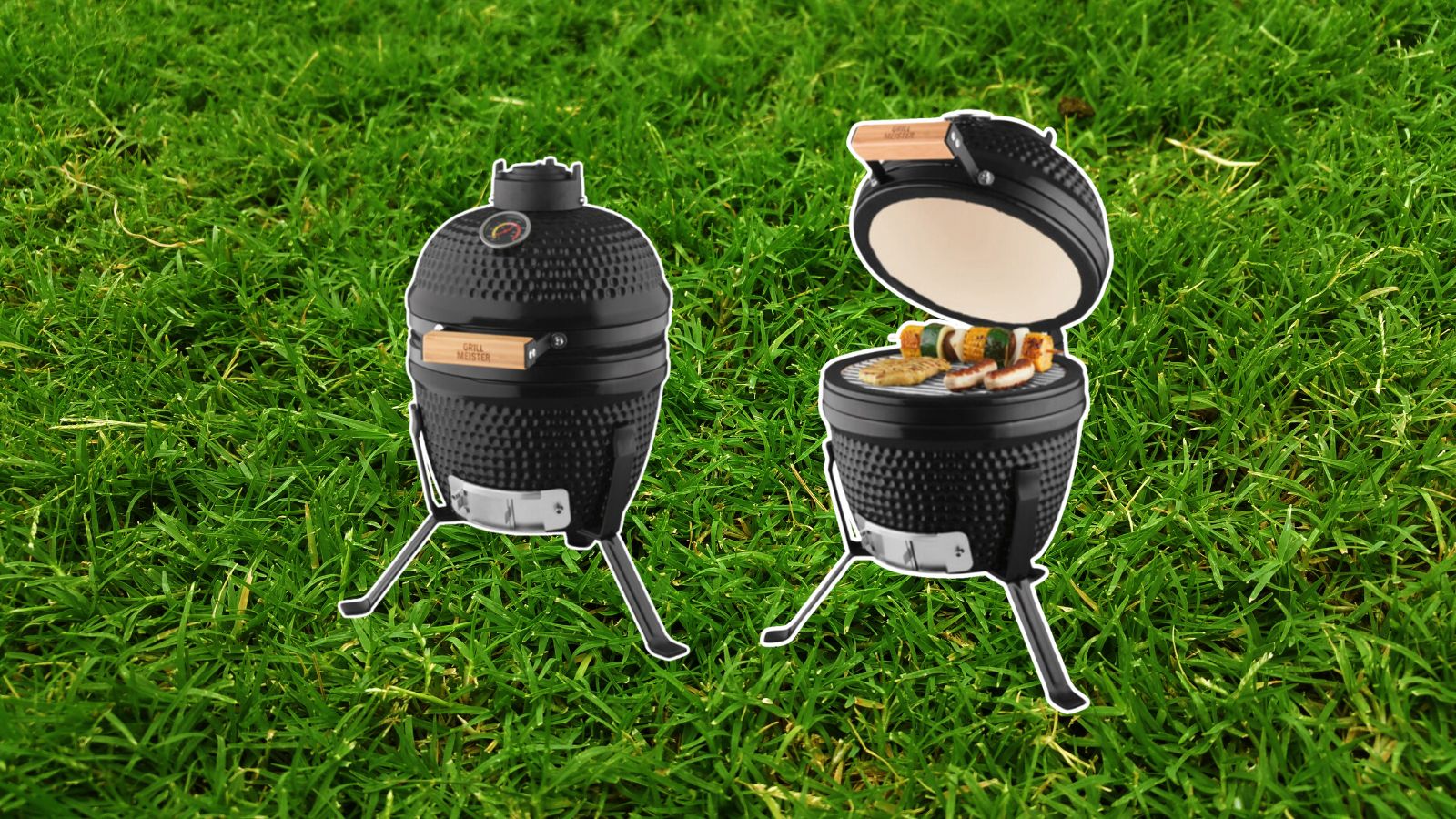 There's a kamado-style Grill Meister at Lidl for less than $100, and it's a small space steal
There's a kamado-style Grill Meister at Lidl for less than $100, and it's a small space stealThere's a kamado-style Grill Meister, Lidl's recent popular buy, that clocks in at just $75. Here's why it works so well and why you need it in your backyard
By Danielle Valente